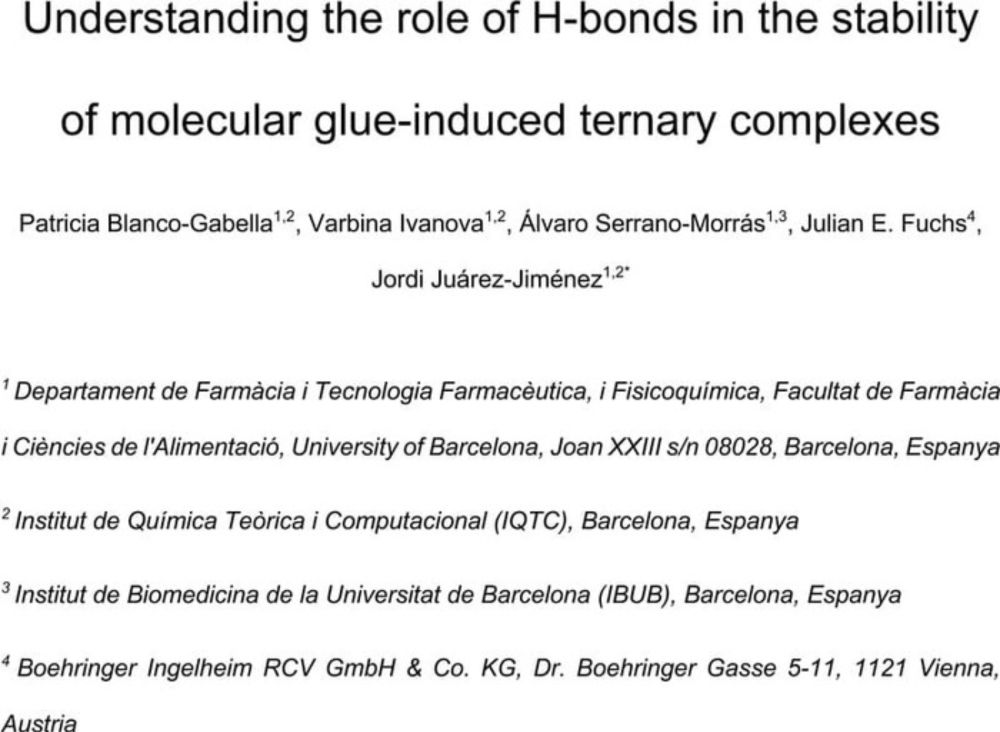Women in TPD & Induced Proximity
@womenintpd.bsky.social
670 followers
490 following
73 posts
Celebrating the achievements and discoveries made by the brilliant women in targeted protein degradation and induced proximity!
Posts
Media
Videos
Starter Packs
















